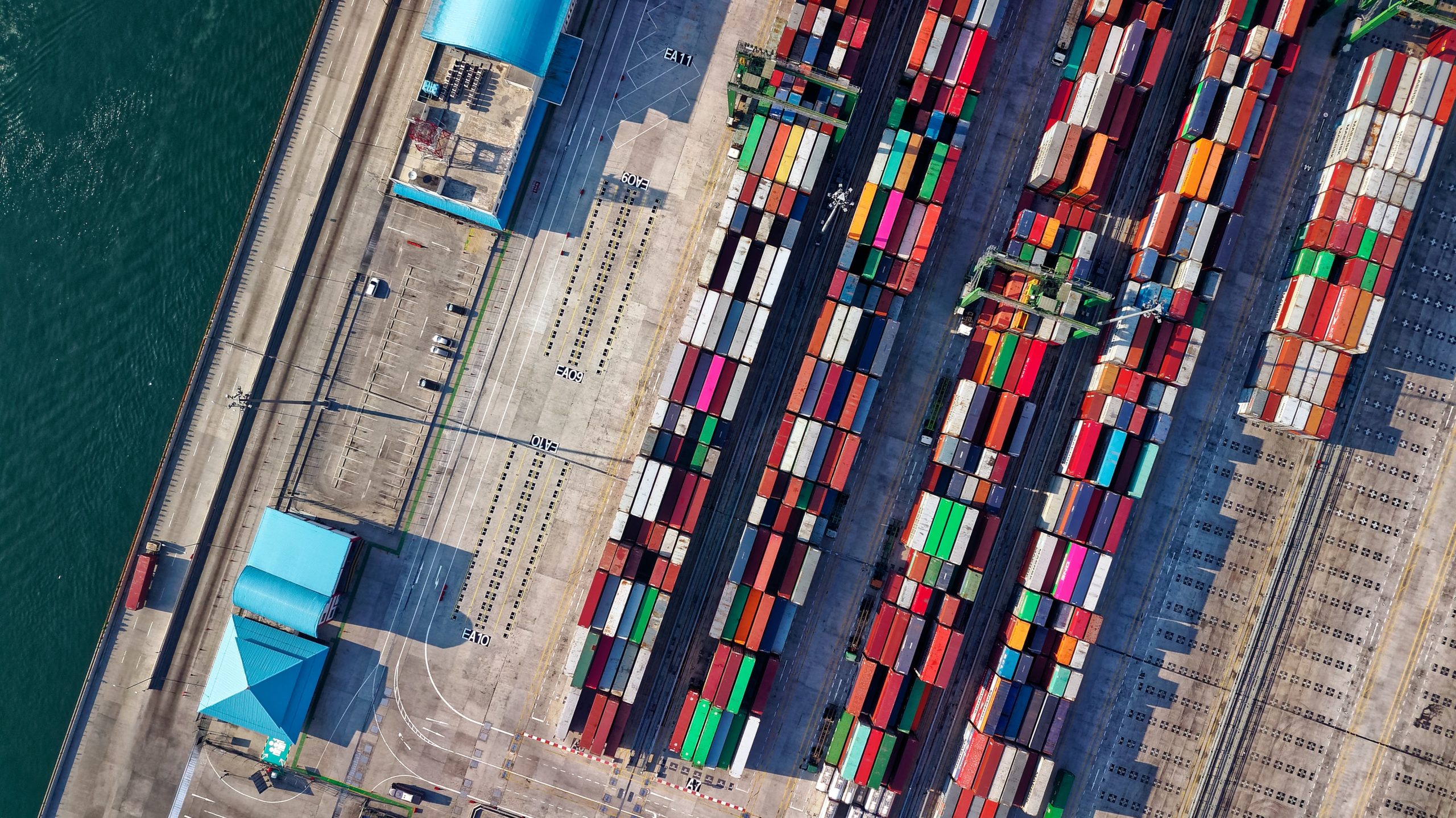Supply chain disruptions have been a big topic of discussion over the last couple of years. The great supply chain disruptions of 2020 have sparked conversations about supply chain resilience and how to plan for things you cannot predict. Before we can truly talk about resilience, we must talk about supply chain disruptions, what they are, how they occur, and how to keep your supply chain as healthy and sustainable as possible.
In manufacturing, the supply chain encompasses everything from sourcing raw materials to eventual delivery to customers. The basic steps of any supply chain are sourcing raw materials, creating basic parts, turning those parts into products, order fulfillment and sales, product delivery, and finally customer support. Generally, supply chains are overseen by supply chain managers that can monitor lead times and assess that each part of the process is being handled efficiently.
But sometimes supply chain disruptions happen that are out of management’s hands.
What are Supply Chain Disruptions?
Supply chain disruptions are interruptions to any of the steps that were listed above. This involves any entities that are associated with the production, sales, and distribution of the goods at any part of the process. This can be shipping delays, shortages of parts, transportation delays, labor shortages, and congested ports, just to name a few. This is exacerbated by the dependence on Chinese imports and other foreign suppliers.
Supply chain disruptions used to be more localized, but with the rise of global suppliers and global customers, disruptions are starting to affect widespread areas. These disruptions can lead to shortages of goods, increased prices, plant closures, and untended shipping containers, and can eventually impact the nation’s overall economic well-being.
Any congestion, otherwise known as bottlenecks, in any of the supply chain steps can cause delays and higher production costs for your business.
Supply chain disruptions used to be more localized, but with the rise of global suppliers and global customers, disruptions are starting to affect widespread areas. Click To TweetWhat Causes Supply Chain Disruptions?
The causes of supply chain disruptions can be varied and caused by internal or external factors. For example, COVID-19 caused many external supply chain disruptions due to the mass shortage of labor among other things. Several usual aspects will lead to the disruption that companies and manufacturers should be aware of.
The causes of supply chain disruptions are cyber-attacks, security issues, financial viability, transportation, logistics, human error, global political instability, and natural disasters. Any of these can cause bottlenecks within the supply chain and depending on severity, will determine how long the effects will last.
Level of Severity
Supply chain disruptions are often categorized by severity, which can be classified into three groups.
- Low- This level of severity means that the supply chain disruptions will have short-term effects and can often be resolved once the issue is found and fixed. Often supply chain managers will be able to resolve low levels of severity quickly.
- Medium- This level of severity means any disruption that can impact a business from weeks to months. This is when it is most likely out of the supply chain manager’s control and the issue is happening externally.
- High- This level of severity is when there is a significant impact on the business for months to years and there is a big financial toll. The long-term effects of high-level severity can impact the financial viability of companies.
Core Elements of a Healthy Supply Chain
One core element of a healthy supply chain is supply chain orientation. This can be defined as, “a shared value and a belief system that has the purpose of helping the organization to strategically manage its supply and the norms of behavior within the organization, taking to see the supply chain in a holistic way in order to seek integration, synchronization, and convergence of operational activities and strategic capacity.” So, the first step is to be aware of the importance of supply chains and their respective flows that keep production moving.
A healthy supply chain applies a focus on both internal and external issues, creating strategies for the future, and focusing on the stability that will help your business adapt to potential changes in the external environment. This allows customers to be taken care of no matter what is happening to a supply chain, which in turn keeps profits steady when issues may arise.

How to be Proactive in the Face of Supply Chain Disruptions
Even when you have done everything right, supply chain disruptions may still occur. It is important to know what to do when a disruption occurs, especially when it is out of your control.
The first step in creating resilience is to have a strategic prevention plan in place to combat any disruptions that may occur. When creating a strategic plan, it is important to get a full understanding of how your supply chain runs and where there may be risks. This involves observing, collecting data, and creating a business continuity plan that would keep production running in the face of supply chain disruptions.
After running an assessment, you can put in place backup plans, or redundancies, to support the parts of the supply chain that are more at risk. Having redundancies in place is the number one thing that you can do to create supply chain resiliency.
No matter what supply chain disruptions show up, having strategic plans in place, redundancies to fall back on, and staying nimble in nature can make all the difference.
What Toyota Did Right
Toyota is a great example of keeping redundancies in place for disruptions that you do not see coming. The company faced a disaster in 2011 when there was a magnitude 9.0 earthquake and ensuing tsunami in Japan, causing many factories to be destroyed and creating a severe parts shortage for automakers.
Toyota was heavily hit by this shortage and did not have any backup plans to get production back up. They learned from this lesson and began to diversify suppliers and stockpiled semiconductors. This time, when COVID-19 caused a severe shortage of semiconductors, other competitors were affected, but Toyota was able to keep production going.
Toyota shows the importance of finding weak spots in the supply chain, planning redundancies, and taking action to keep the business moving.
Conner Spotlight
Conner Industries, Inc. is a leading provider of industrial lumber and packaging solutions in the United States. We specialize in supplying cut lumber (softwoods, hardwoods, and panel products) needed for pallets and transportation packaging, fully assembled custom pallets, crates, and integrated packaging solutions, as well as a wide variety of services tailored to customer needs. With 14 plant locations, we have redundancies in place so that supply chain disruptions do not affect our customers.
In 2018, Hurricane Michael brought through a wave of destruction that demolished homes, cars, and accumulated billions of dollars in damages. Our Panama City, Florida plant was among the properties that were destroyed by the hurricane. We kept our supply chain moving by moving orders to surrounding plants, while we helped our Panama City plant and employees get back on their feet.
Supply chain disruptions are part of the world we live in, so work with a supplier that plans for the unexpected.







